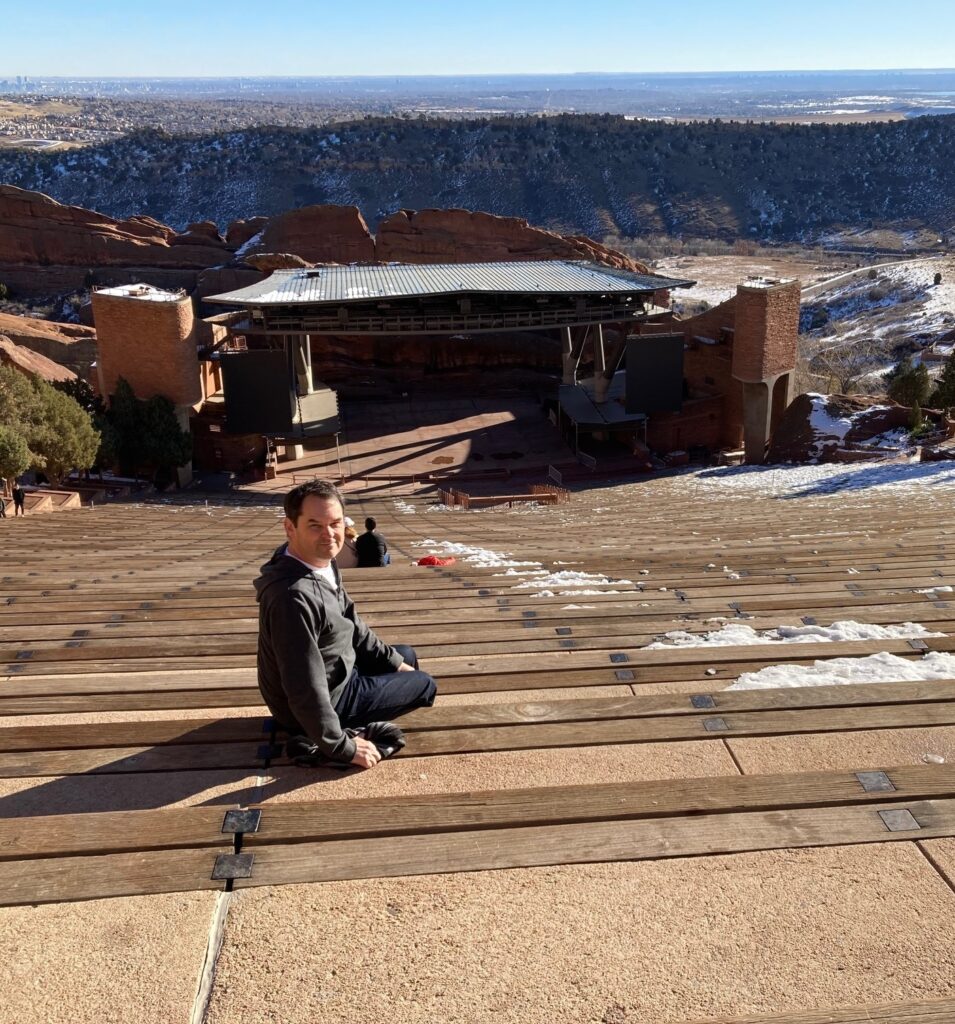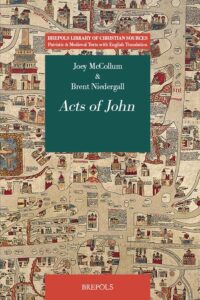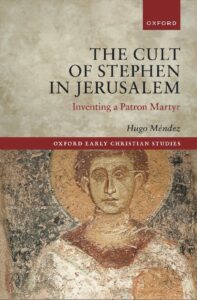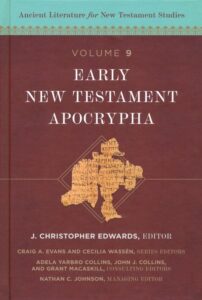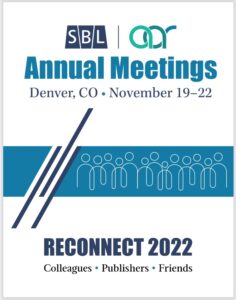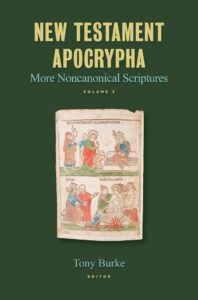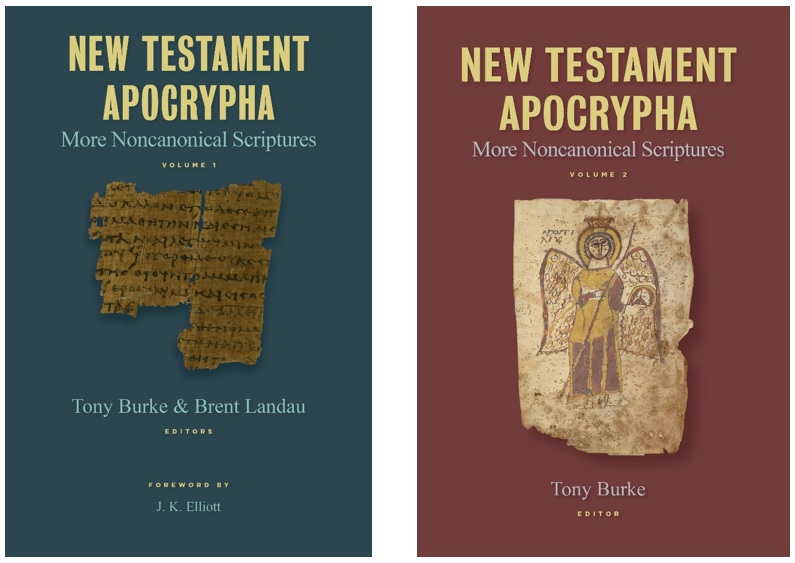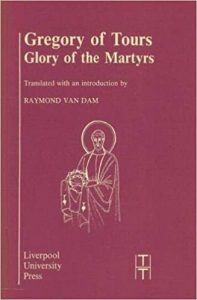Anchor Bible Report 17: James the Less
It is Reading Week here in Canada, which means a break from teaching and a chance to get back to some (albeit very little) writing. I managed to finish off a section of my Anchor Bible project on apocrypha related to James the Less.
Besides the well-known apostle James, son of Zebedee (often called James the Great or Elder), three other men by the name of James appear in the New Testament Gospels: 1. James, son of Alphaeus, who is listed as one of the Twelve in all three Synoptics, 2. James the Less or Younger, who is said to be the son of Mary (not the Virgin, but identified, via John 19:25, as Mary, wife of Clopas and cousin to the Virgin Mary) and brother to Joseph/Joses (Matt 27:56; Mark 15:40), and 3. James the Righteous/Just, brother of Jesus. Often these three figures are conflated, so James Alphaeus’s place among the apostles is frequently supplanted by Jesus’ brother, despite the apparent lack of interest in Jesus’ ministry shown by him and his brothers in the canonical Gospels. Outside of the Gospels, James the Just appears also in Acts, Galatians (in both described as the “brother of the Lord”), and as the author of an epistle (calling himself “a servant of God and of Jesus Christ”). Because of the confusion of the Jameses, there are very few apocryphal texts and traditions about the son of Alphaeus. James the Just fares better, but much of what is said about him derives …

